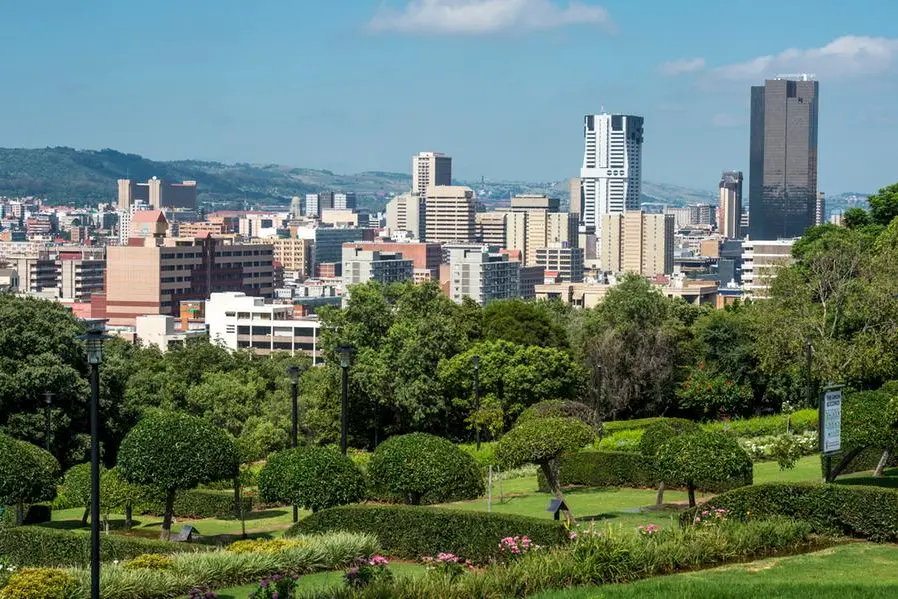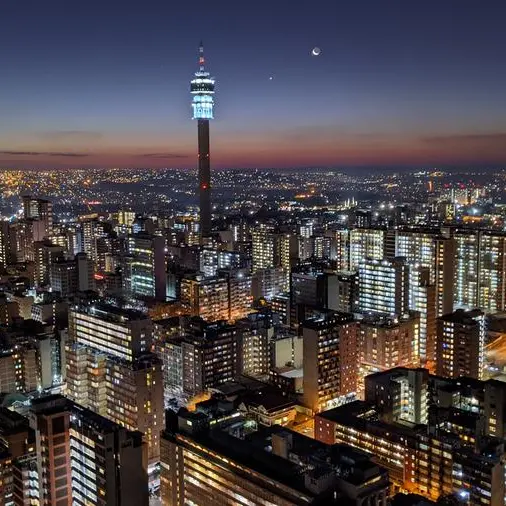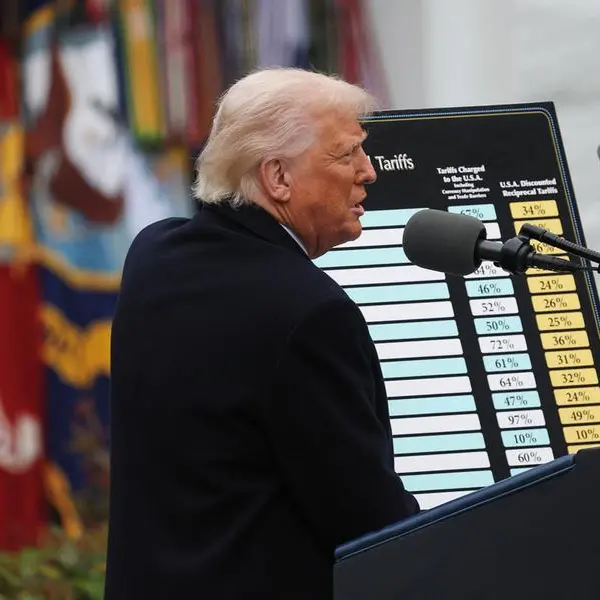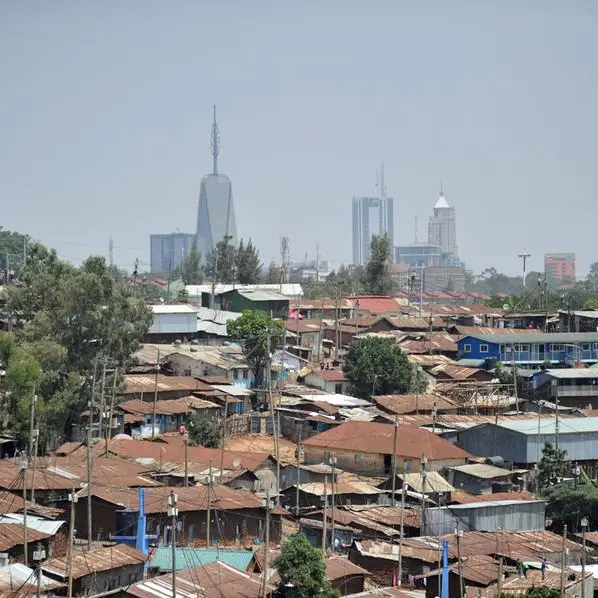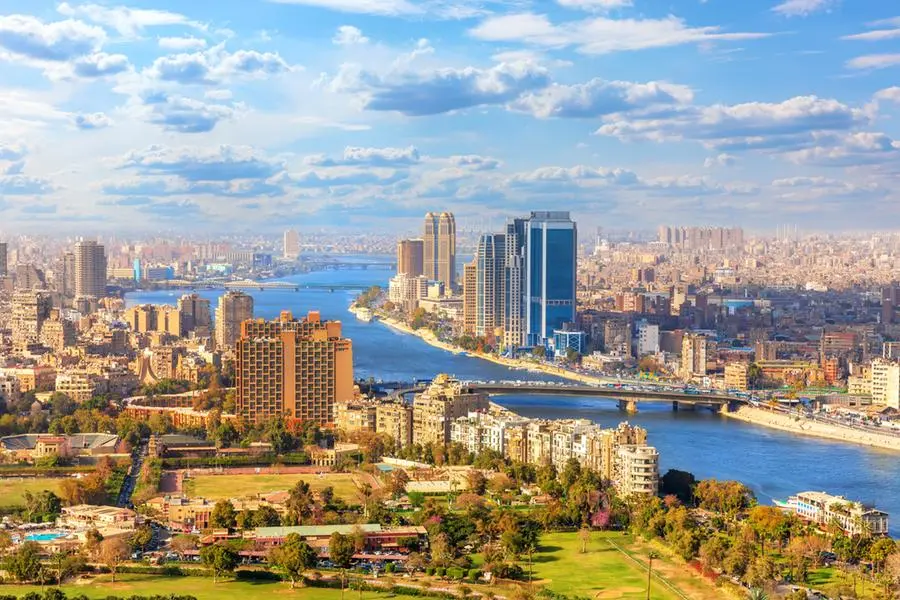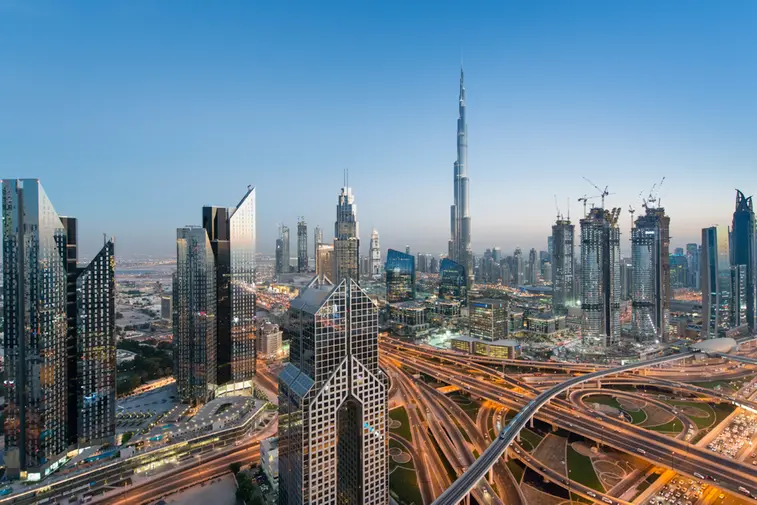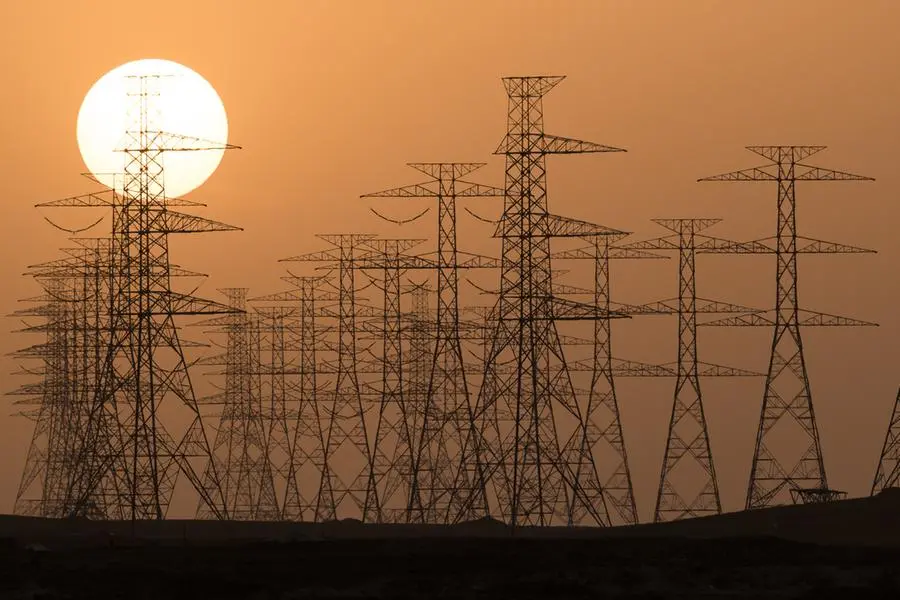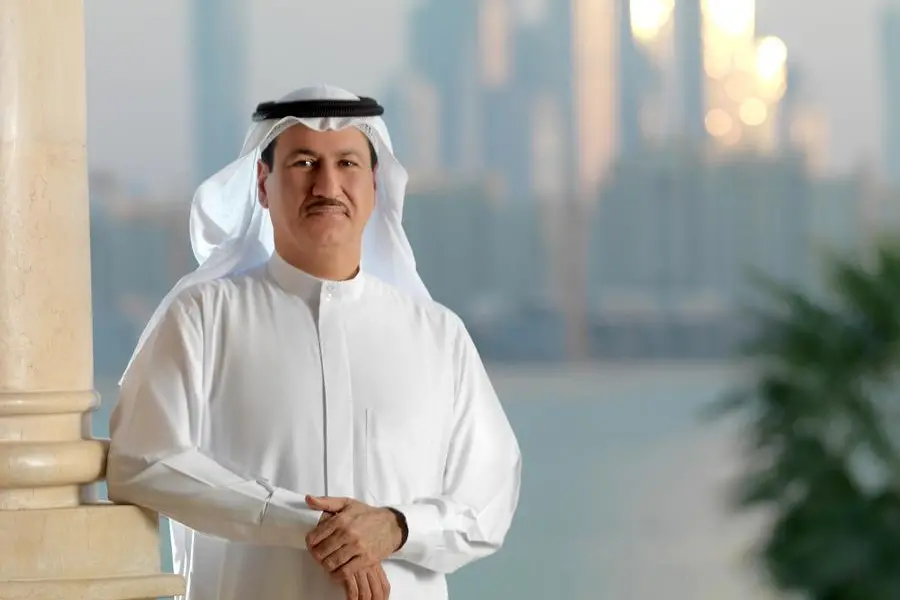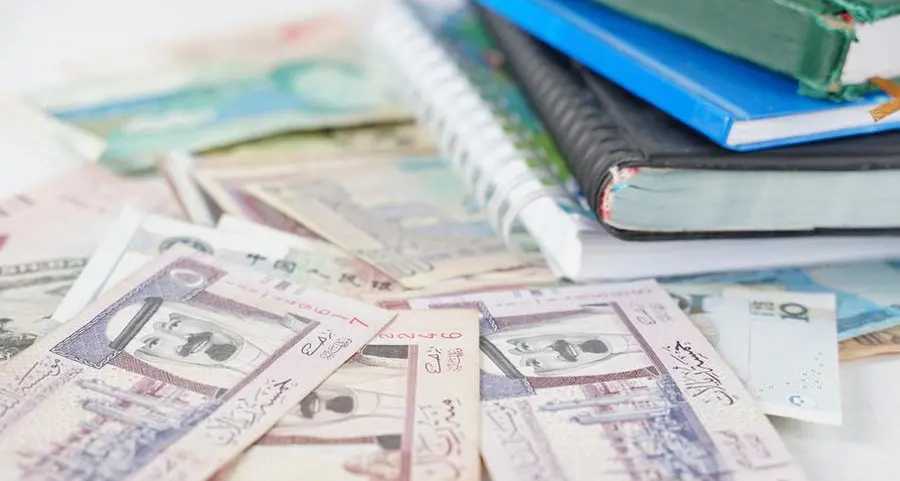PHOTO
Cityscape of downtown Pretoria in South Africa. Getty Images Image used for illustrative purpose
As the world accelerates the transition to green energy, experts are raising concerns about the pressure on Africa to keep pace.
While renewable energy holds the promise of a more sustainable future, some critics question the feasibility of a swift transition, arguing that Africa, already the most affected by energy poverty, risks being further marginalised if the transition does not address its unique challenges.
This issue was at the heart of discussions during the recent Regional to Global International Conference in Port Louis, Mauritius.
According to the International Energy Agency (IEA), more than 600 million people in Sub-Saharan Africa still lack access to electricity, severely limiting their ability to access education, healthcare and vital information.
But research suggests that renewable energy presents an affordable solution to bridge this gap. For example, the IEA predicts that by 2030, renewable energy sources such as solar, wind, hydro and geothermal could provide over 50 percent of Africa’s total energy generation.
Abel Didier Tella, Director-General of the Association of Power Utilities of Africa (Apua), a pan-African organisation that represents power utilities across the continent, said that Africa is in a favourable position due to its vast natural resources, which are crucial to the energy transition.
Solar energy is already making a significant impact in off-grid areas, especially in rural communities. Kenya, Tanzania, and Uganda have seen tremendous growth in the use of solar lanterns and home systems, with businesses offering affordable pay-as-you-go solutions that empower off-grid households.
Geothermal energy also holds promise, particularly in East Africa's Rift Valley, which spans Kenya, Ethiopia, and Tanzania. Kenya is the leading developer of geothermal energy in Africa, with an installed capacity of over 800megwatts (MW), making it the largest producer on the continent. By 2030, geothermal could supply up to 10 percent of Africa's electricity demand, estimates show.
Africa’s hydropower potential is equally vast, thanks to its major river systems, including the Nile, Congo, and Zambezi. The continent’s hydropower potential is estimated at over 1,000 gigawatts (GW), and in some countries, such as Ethiopia, Zambia, and Mozambique, hydropower already accounts for more than 80 percent of electricity generation.
Additionally, Africa is rich in minerals essential for the green energy transition, providing critical raw materials for renewable energy technologies such as solar panels, wind turbines, and batteries. This mineral wealth positions the continent as a crucial player in the global shift to cleaner energy.
Despite the promising outlook for Africa's renewable energy future, sceptics argue that the situation is more complex. Some question how these abundant resources can truly meet the continent's vast energy needs, as well as serve as a potential export to other regions.
Dmitri Bessarabov, Director of the HySA Infrastructure Competence Centre in South Africa, said: "While solar and wind power are gaining ground, integrating them into existing grids is a significant hurdle. Many African nations, including South Africa, lack the infrastructure to absorb large amounts of intermittent renewable energy.”Kenya’s Andrew Amadi said that while the country has integrated geothermal energy into its national grid, wind and solar still present challenges due to their variable supply."Wind energy provides around 20 percent of peak power demand, particularly from the Lake Turkana Wind Power plant. However, when wind power drops, especially during peak hours, the demand for geothermal energy fluctuates, causing us to vent steam when wind energy decreases. Fossil fuel-powered thermal plants are better equipped to bridge the gaps caused by intermittent renewable sources like solar and wind, which can result in increased reliance on fossil fuels to maintain grid stability," Amadi said.
As Bessarabov pointed out, balancing the grid while ensuring a stable power supply remains a major challenge.
Africa's mineral wealth also places it at the heart of the global green energy transition, with the continent holding significant shares of global reserves of cobalt, lithium, nickel, copper, and other essential minerals.
Africa is home to a wealth of critical minerals that play a vital role in the global shift towards renewable energy and electric vehicles. For example, the Democratic Republic of Congo (DRC) is the world’s largest producer of cobalt, supplying over 60 percent of the global demand, while Zimbabwe holds 23 percent of untapped lithium reserves.
The DRC and South Africa are also major producers of nickel and copper, with Africa accounting for about 10 percent of global copper production. These minerals are essential for manufacturing batteries, electric vehicles (EVs), renewable energy technologies, and energy storage systems, making the continent a key player in the green energy transition.
South Africa leads in vanadium reserves, a key element for energy storage, and is a major producer of manganese used in wind turbines, while graphite, primarily sourced from Madagascar, Mozambique, and Tanzania, supports battery production.
South Africa, Tanzania, and Burundi provide rare earth elements like neodymium and dysprosium for wind turbines and EV motors, while Guinea holds about 25 percent of the world’s bauxite reserves, which is crucial for aluminium used in solar panels and wind turbine components. Namibia and South Africa are also significant producers of zinc, essential for solar panels and energy storage systems.
But while some argue that Africa’s vast mineral reserves position the continent as a key player in the global green energy transition, Tella points out that these resources often fail to benefit Africa.“This is largely because much of the raw material is exported overseas, rather than being processed or utilised locally,” he said.
© Copyright 2022 Nation Media Group. All Rights Reserved. Provided by SyndiGate Media Inc. (Syndigate.info).
